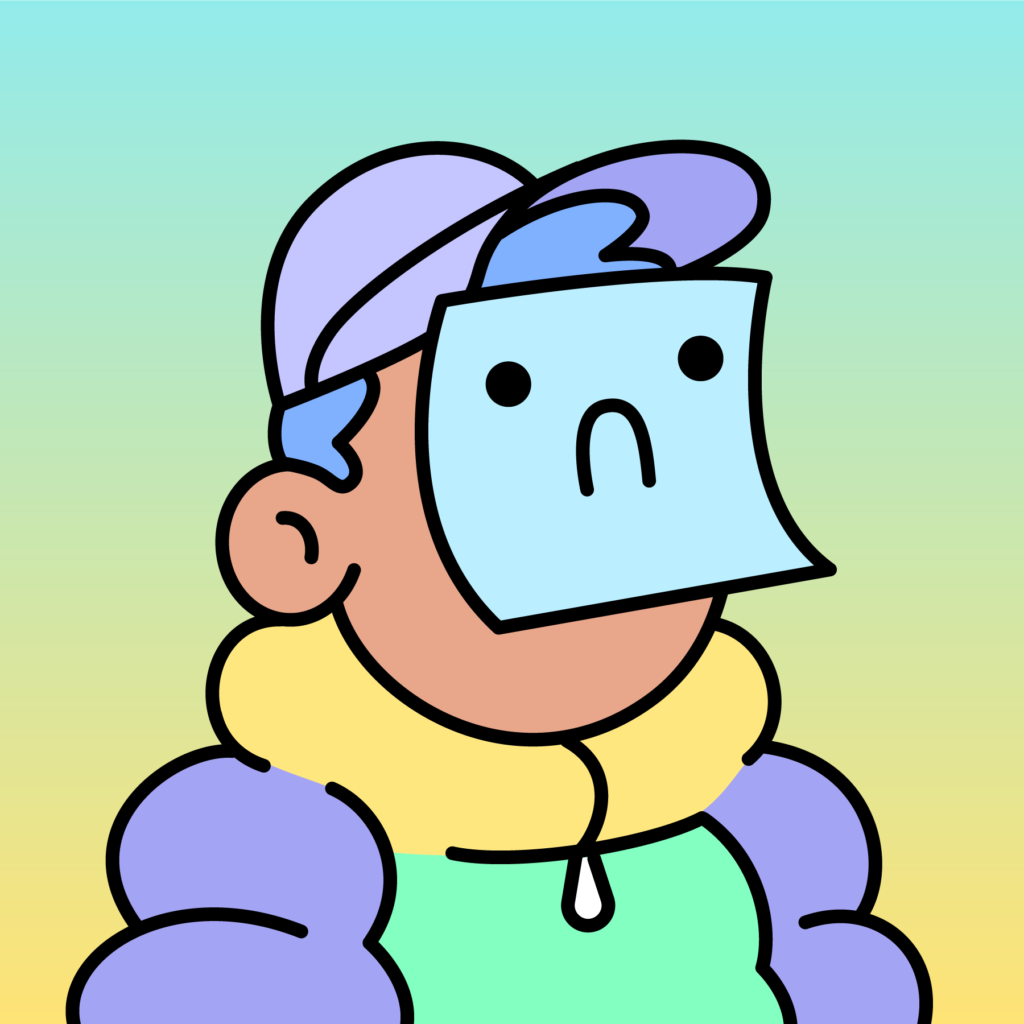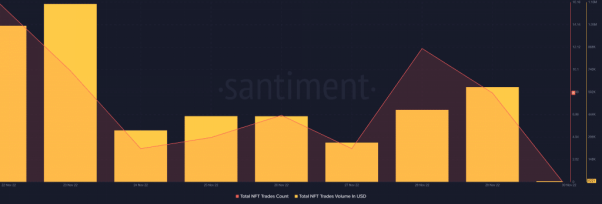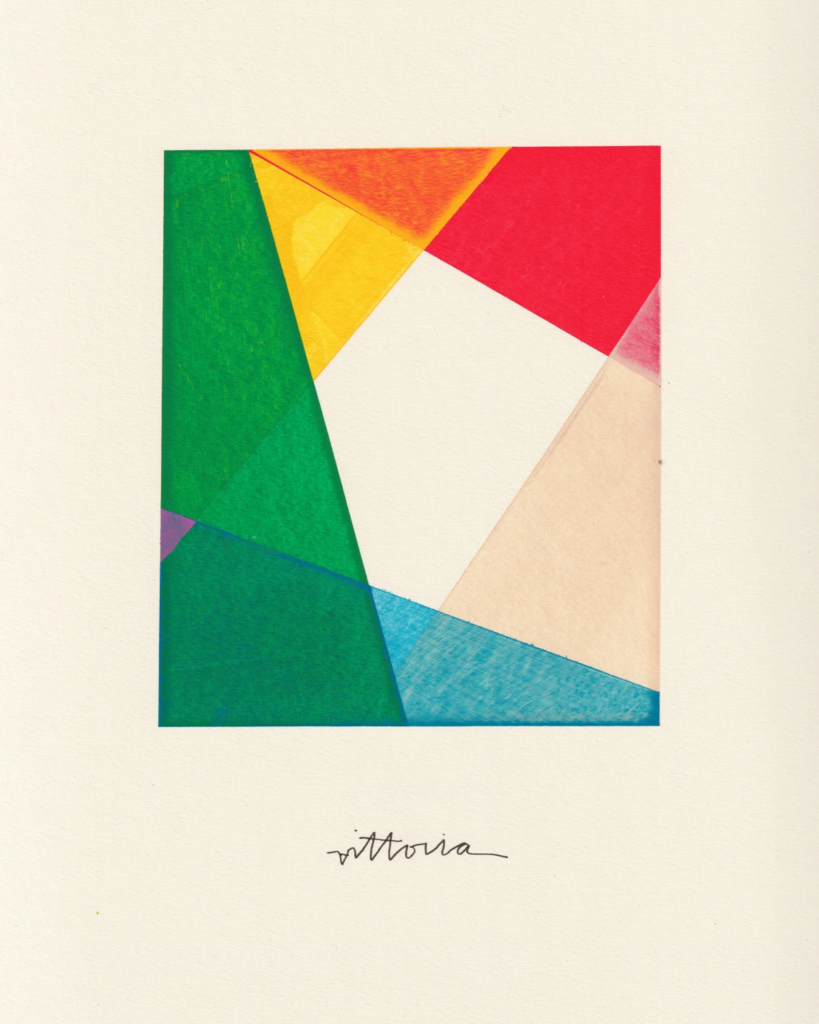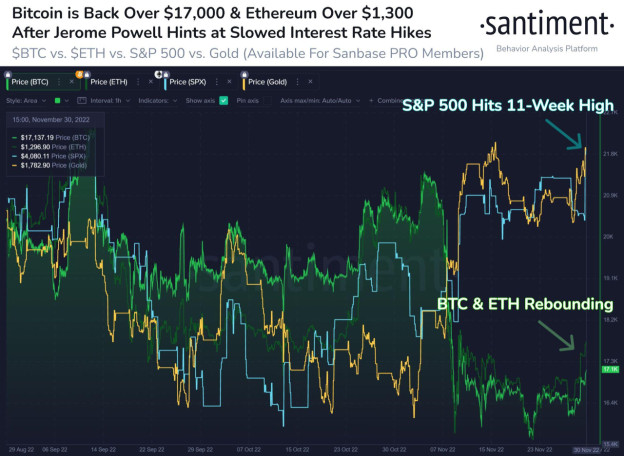First-time NFT creators and collectors often start their journey with a simple Google search.
But the hunt to find the best NFT marketplace — which hinges heavily upon unique digital collectible needs — now, more than ever, needs the right context and due diligence. Many holders who snapped up their NFTs via FTX were hit with a rude awakening by the exchange’s bankruptcy. Their elaborate and creative expressions of digital art are now, at least for the moment, worth not much more than a 404 error.
No guide can eliminate entirely the downsides of investing in NFTs, or any other cryptoasset, but this one is designed to break down how and why each exchange can or cannot meet your own NFT wants and needs.
Breaking down NFT auctions
Different NFT marketplaces come with different standards for the auctions that govern their transactions.
A Dutch auction, for one, uses a declining price format — unlike the more familiar English model. The seller kicks things off with a relatively high ask price and gradually lowers it until a bidder decides to lock it in. The first bidder to accept the current price wins. Dutch auctions are intended to sell NFTs with enough demand quickly.
An English NFT auction employs the crypto version of the eBay model. The seller sets a low floor, and bidders compete by placing increasingly higher offers until the auction ends at a pre-determined time — when the highest roller wins out. English auctions help lesser-known artists sell NFTs at a fair price. But sellers can also use the format to bid and manipulate the price anonymously.
OpenSea
| Blockchains | Arbitrum, Ethereum, Klatyn, Optimism, Polygon, Solana |
| Focus | Art, collectibles, domain names, music, photography, sport, trading cards, utility, virtual worlds |
| Fees | 2.5% per sale |
| Auction | English, Dutch |
| Royalties | 10% maximum per sale |
| Best for | Art collectors, NFT flippers |
| Pros | Easy onboarding, support for multiple wallets High liquidity Wide variety of listed NFTs, collections Advanced tools for creators Educational guides for beginners Multi-chain support Android, iOS apps |
| Cons | Marketplace can be somewhat cluttered Record of security breaches resulting in losses Past allegations of insider trading |
Launched in December 2017, OpenSea became the first Ethereum-based NFT trading platform. The marketplace rose in prominence as the industry grew and now handles more than 50% of all NFT trading volume — good for the largest marketplace, with more than a million registered users.
But, since OpenSea is the most popular, sellers are especially forced to compete to get their NFTs noticed by buyers. The setup makes it difficult for new sellers to stand out and may result in lower sales.
OpenSea provides a wide suite of tools for creators to mint and list new collections. It also comes with a minimalistic interface to browse and purchase NFTs — using a range of payment options. From the platform’s Ethereum roots, OpenSea has recently expanded to support NFTs on five additional chains, notably Solana and Polygon.
Example of an OpenSea NFT

Owned by CASHRULEZ
Read more: As OpenSea Flexes Marketplace Influence, Some Users Are Worried
Magic Eden
| Blockchains | Ethereum, Solana |
| Focus | Collectibles, art, gaming |
| Fees | 2% per sale |
| Auction | Timed auction |
| Royalties | Defined by creator |
| Best for | NFT collectors, flippers |
| Pros | User-friendly interface Decent volumes Slightly lower fees compared to OpenSea, in parts thanks to Solana-nativity Drop calendar to track upcoming mints Supports multiple wallets across listed networks iOS app |
| Cons | Supports only Ethereum, Solana Limited options compared to OpenSea Only supports verified creators and collections, limiting opportunities for up-and-coming artists |
Despite launching in September 2021, Magic Eden is already the most popular NFT marketplace on the Solana (native token, SOL) network. It has the highest number of users among SOL NFT markets, and is the second-largest NFT platform in terms of trading volume, trailing only OpenSea.
Magic Eden is especially sought-after by collectors hunting for fresh, up-and-coming items. The Magic Eden Launchpad hosts regular NFT mints to connect creators with collectors. While the platform started off as Solana-native, it has expanded to enable support for Ethereum-based NFTs — and has additional networks in the pipeline.
Example of a Magic Eden NFT

2461 Claynosaurz
Read More: Solana Marketplace Magic Eden To Offer Ethereum NFTs
Rarible
| Blockchains | Ethereum, Flow, ImmutableX, Polygon, Solana, Tezos |
| Focus | Collectibles, art, gaming, virtual worlds |
| Fees | 1% fee from buyer, 1% fee from seller |
| Auction | English auction |
| Royalties | 10% maximum per sale |
| Best for | Collectors, gamers |
| Pros | Multi-chain support NFT aggregator for seamless purchases across supported marketplaces Enables creators to launch individual marketplaces Android and iOS apps available Trading fees distributed between buyer and seller |
| Cons | Limited NFT options compared to competitors Relatively difficult for new creators to break through (platform dominated by influencers) |
Rarible launched in early 2020 and grabbed a significant portion of overall market share as the NFT industry saw increased adoption later that year. Rarible is one of few NFT marketplaces with a native token, releasing its RARI token roughly one year after launch. The token allows users to influence platform upgrades and access certain unique features.
RARI token holders can submit or vote on proposals regarding trading fees, new features and related governance proposals. Such votes are advisory, not binding, so the Rarible team still has the final call.
Token holders also decide which NFTs to showcase and feature. NFTs listed first are more likely to attract sales than those buried at the bottom of a long list.
Rarible has a unique appeal for creators. It provides a filter for buyers to explore top influencers and artists. This feature allows creators to build a closer relationship with their respective collector communities. The platform also offers an aggregator, allowing users to buy NFTs listed on competitors.
Example of a Rarible NFT

Doodle #5303
Read more: Web3 Watch: Rarible Revamps Marketplace, ApeCoin DAO Adds Bug Bounty
Nifty Gateway
| Blockchain | Ethereum |
| Marketplace focus | Art, collectibles, gaming, music, social, style |
| Fees | 15% |
| Auction style | English auction |
| Royalties | Defined by creator — Nifty Gateway takes 5% royalty fee, plus 30 cents per transaction |
| Best suited for | Power NFT collectors |
| Pros | Exclusive appeal, rigorous vetting approach attract high-profile buyers Majority of listed items are top collectibles Supports fiat payments Android, iOS apps Live customer service via chat |
| Cons | Only supports Ethereum network, Metamask wallet Supports few NFT categories compared to competitors |
Nifty Gateway ranks high on the NFT marketplace list for influencers, celebrities and brands to create limited-edition items. Since launching in 2018, Nifty Gateway has hosted exclusive drops for celebrities and artists such as Carl Cox, Kenny Scharf, Lil Yatchy and Trevor Jones.
Nifty Gateway famously hosted a $6.6 million sale for a work by the popular net artist, Beeple. Worth mentioning: Nifty Gateway is heavily affiliated with crypto exchange Gemini.
Example of a Nifty Gateway NFT
Created by: Beeple
Read more: Nifty Gateway Wants NFT Curators to Sell Art with ‘Publishers’ Pilot
Binance NFT
| Blockchain | Ethereum, BNB Chain |
| Marketplace focus | Collectibles, gaming, art, music, photography, collectibles, sports, virtual worlds |
| Fees | 1% flat fee |
| Auction style | English auction |
| Royalties | 10% maximum per sale |
| Best suited for | Artists and their fans |
| Pros | Beginner-friendly Decent liquidity Fiat deposits, withdrawals Advanced tools for creators to promote collections Supports inclusivity with all users able to mint and list NFTs |
| Cons | Does not list most popular mainstream NFT collections Requires KYC verification, typically not required elsewhere |
The world’s largest cryptocurrency exchange, Binance, launched its NFT business in June 2021. Users need to register and verify their identities with Binance to access the platform. Creators and collectors transact in three main cryptocurrencies: BNB, BUSD and ETH.
Users can purchase individual items or mystery boxes containing various curated collections. There is also a “premium” and “standard” collection listing. Premium collections are exclusive drops from popular influencers, while the standard collection features items minted by typical users.
Since launching, the Binance NFT marketplace has organized NFT drops for popular celebrities and entities, including Russell Simmons, Paulo Del Valle, the Uganda National Museum, Franck Muller and Parimatch. The highest recorded sale on the Binance NFT marketplace for newbies is $2.8 million.
Example of a Binance NFT

BullBTCCLUB
Read more: Binance to Debut NFT Marketplace with Warhol, Dali Thursday
Coinbase NFT
| Blockchain | Ethereum |
| Marketplace focus | Art, collectibles, virtual worlds |
| Fees | None (could change in future) |
| Auction style | Timed auctions |
| Royalties | Defined by creator |
| Best suited for | Art and collectibles collectors |
| Pros | Beginner-friendly Decent liquidity Aggregate listing option supports direct purchase of NFTs listed on other marketplaces (OpenSea and LooksRare) NFT drops calendar to track upcoming mints Curated list of popular creators simplifies decision-making for buyers |
| Cons | Supports only Ethereum-based NFTs Lists fewer assets than competitors |
Coinbase is another centralized cryptocurrency exchange that recently ventured into the NFT industry. In May 2022, the exchange company began offering a place where you can buy NFT art using Ether (ETH) as the primary accepted cryptocurrency. Notably, users require a self-custodial wallet — Coinbase Wallet — to access the marketplace.
The Coinbase NFT platform hosts exclusive drops from popular artists and new crypto-native NFT projects. It also lists a range of leading NFT collections, including CryptoPunks, Bored Apes and Otherdeed metaverse land parcels.
Example of a Coinbase NFT

Roll With It #32/50
Read more: Coinbase Unveils Social NFT Marketplace
SuperRare
| Blockchain | Ethereum |
| Marketplace focus | Art, music, photography |
| Fees | 3% paid by buyer |
| Auction style | Timed |
| Royalties | SuperRare collects 15% royalty on primary sales and creators receive maximum 10% royalty on secondary sales |
| Best suited for | NFT art collectors |
| Pros | User-friendly interface Offers high-profile, collectible-grade artwork Regular auctions Educational materials Customer service via live chat In-person gallery experience |
| Cons | Only supports Ethereum network Fees on relative high end Limits new creators to exclusively verified artists |
Launched in 2018, SuperRare brands itself as a digital art market on Ethereum. The platform carved a niche for itself and is widely considered as the best NFT marketplace for buying exclusive artwork from verified creators.
SuperRare, too, has a native asset: its RARE token. RARE holders form the RareDAO and have the chance to curate the marketplace, define listing parameters and influence platform upgrades. Since launching in 2018, artists on SuperRare have earned over $760 million, with secondary sales topping $100 million over the same period.
Example of a SuperRare NFT

Artistschmooze
Read more: Netgear Joins SuperRare DAO to Develop NFT Art Licensing Model
MakersPlace
| Blockchain | Ethereum |
| Marketplace focus | Art, music, photography |
| Fees | 15% |
| Auction style | Time-based |
| Royalties | 10% paid to creator, 2.5% to MakersPlace |
| Best suited for | Digital art collectors |
| Pros | User-friendly experience Advanced tools for creators to launch digital art storefronts Support fiat deposits Both live chat and email support for creators |
| Cons: | Exorbitant fees Supports only Ethereum NFTs Limited access for new creators |
MakersPlace launched in 2018 and primarily offers a platform where you can buy NFT art. Collectors can find exclusive artworks from famous artists such as David Loblaw, Mr. Longshanks, FidJay and many more. The platform has attracted over 100,000 collectors since launch, with $100 million traded in 2021 alone.
The MakersPlace NFT trading platform is notably easy to browse, even for users with no crypto experience. Advanced search filters and support for fiat payment also sets the platform apart as one of the best NFT trading platforms.
Example of a MakersPlace NFT

Artchizest
Read more: How NFT Royalties Work – and Sometimes Don’t
Next steps after choosing an NFT trading platform
- Evaluate what NFT you want to buy
There are millions of NFT collections. The best NFTs to invest in, however, are generally those with a strong community or artwork that personally appeals to you. It could also be the work of an upcoming artist that has the potential to increase in value as the artist rises in prominence. As a rule of thumb, buying an NFT simply because an influencer promotes it may turn out to be a poor investment.
- Buy it
Once you have your mind made up, the next step is to make the purchase. The steps on how to buy an NFT differ from one platform to the next. It typically involves setting up a Web3 wallet, or registering on the NFT marketplace website and completing their KYC process. Next, fund your wallet with the purchase amount, or make the purchase using your credit card if it’s supported by the platform.
- Store your NFT in a wallet
Like cryptocurrencies, you can store NFTs in a self-custodied wallet. While it is common practice to use mobile or browser-native wallets for NFT storage, a hardware wallet offers the most secure experience. These devices typically store your assets offline and remove a common attack vector for hackers. Ideally, a hardware wallet is a compulsory option for investors putting huge sums into the NFT market.
- Sell NFTs later to book profit
While most NFTs offer an art appeal, they are also investment assets. If you’re inclined to sell your NFT, we recommend reading a guide on how to sell an NFT on your chosen NFT trading platform. That way, you can avoid potential losses often associated with listing NFTs for the wrong prices or other potential mishaps. It also allows you to use the best withdrawal method to save on fees and get full value for each sale.
The NFT marketplace as a whole
This article provides an exhaustive NFT marketplace list, reviewing the likes of features and pros and cons, as well as fees. OpenSea and Magic Eden are the most popular, with a wide range of collections and support for a number of blockchains.
Rarible, SuperRare, MakersPlace and Nifty Gateway specialize in artwork and exclusive drops from influencers and popular artists. Binance and Coinbase’s NFT platforms, meanwhile, have grown in prominence — providing centralized trading venues for investors.
The best NFT marketplace is ultimately the one that meets your profile and specific needs as a creator or collector. Each platform has its own pluses and minuses and could come in handy at different stages of your digital collectibles journey.
 blockworks.co
blockworks.co